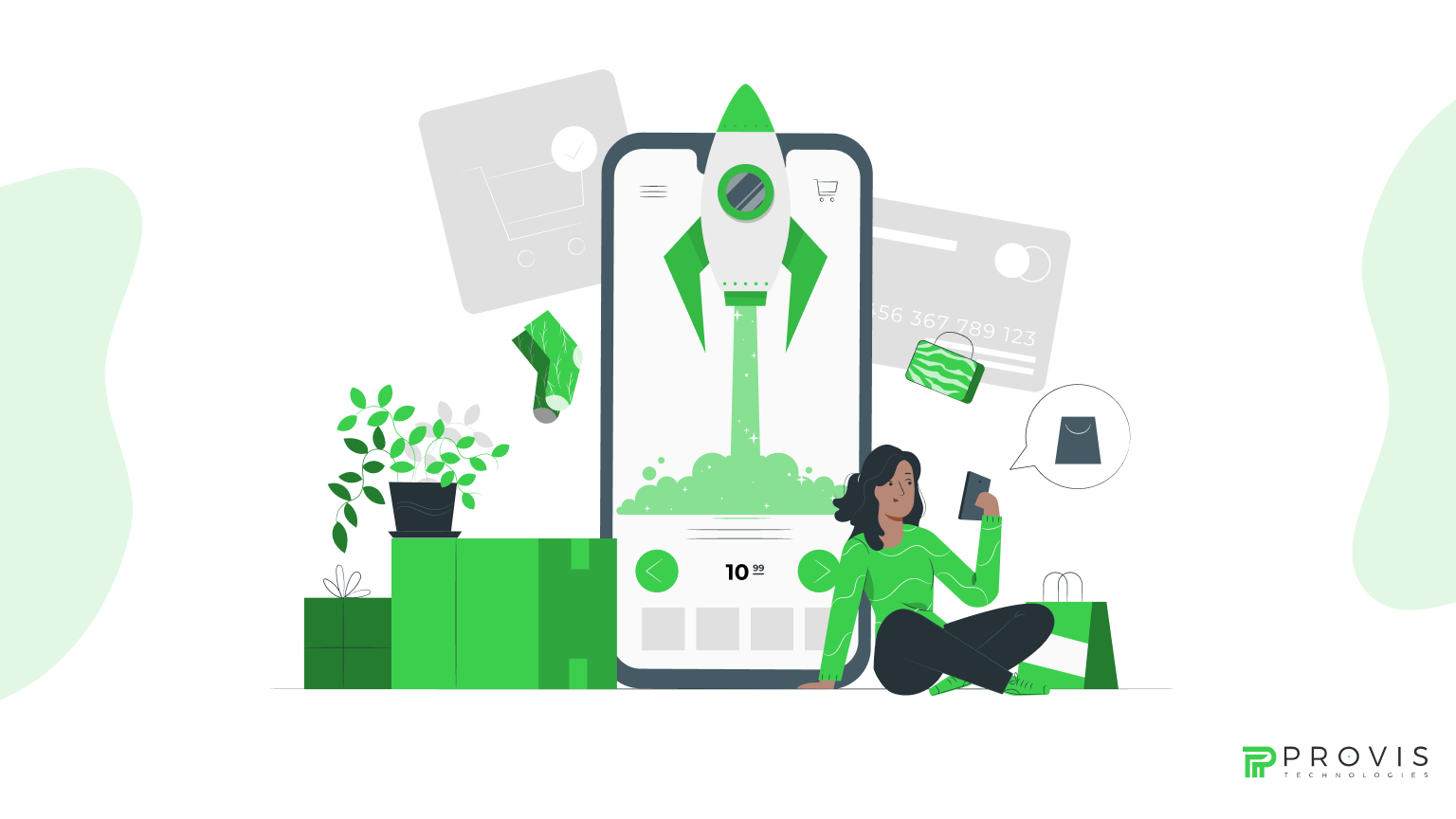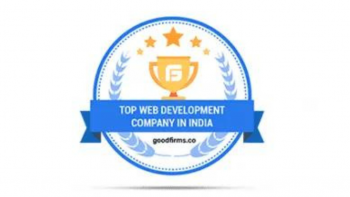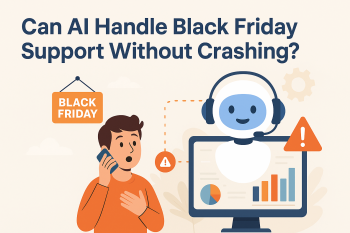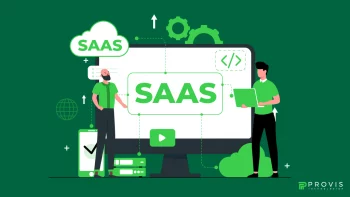Smartphone or mobile is one of the most used devices globally. With a whopping 5.2 billion mobile users, the number is only growing each day. From the stats, it is easy to interpret that mobile users are a major target audience for e-commerce businesses. To cash in on this, mobile first e commerce is the best way forward. For maximizing the store sales, it is essential to tailor the marketing and sales strategy to target mobile users.
A mobile first e commerce is an approach that calls for making your e-commerce store mobile-friendly. The experience of users accessing the e-commerce store via mobile should be smooth. You cannot approach the mobile audience with a desktop version of the e-commerce store. There is a separate strategy for desktop and mobile users that successful e-commerce stores follow.
We would discuss how you can adopt mobile first e commerce for your store and drive sales. Before we do that, let’s see what difference mobile-based e-commerce creates.
Mobile first e-Commerce: How it Creates the Difference
As per a report by Statista, mobile devices account for 80% of the visits to online retail stores. Further, this 80% traffic leads to 66% sales. So, you see more than half of the business is driven by mobile users.
Catering to mobile-based users unlocks a huge potential for unlocking sales growth.
- Mobile-first websites go well in SEO, they load fast, provide easy navigation, and are easy to rank in search engines
- Being fast and responsive, mobile-first websites have low bounce rates, which means the users spend more time on the store, boosting the chances of sales
- With mobile first e commerce you can utilize the power of short content. Reels, like short videos on a website, showcasing the products and reviews, can grab the attention of the users and persuade them to take the desired action
- In a mobile-friendly website, as users access it from their smartphones, they can integrate their payment wallet or buy now, pay later apps easily. This makes the transaction smooth, helping to drive sales up
- In a mobile-first website, the user gets to see the most important content that the store wants them to see. It is unlike the desktop website, where a lot of stuff is filled on the home page, and the user has to navigate to what they want to see what they want.
Mobile first e-Commerce: Drive Sales in 2025
Adopting a mobile first e commerce is easy, and you can set up a mobile-friendly e-commerce store in a quick time.
Prioritize the content: Mobile screens are smaller as compared to desktops. This means that you have a small space to present the content to the user on your e-commerce store. So it becomes important to:
- Highlight the most important piece of content on the home page
- Arrangement of the content should be well planned and synchronized
- The CTAs (Call to Action) buttons should be easily visible
Product filter: Every user on your e-commerce store is looking for something that they want. So, to make their search easy, you should have a product filter option on the website.
- Provide the option to choose the category, like clothes, electronics, stationery, etc
- Add a sub-filter in each category to choose brand, price, color, etc
- Under the filter, you can also add the option of top products from each category
Direct them to the App: Mobile applications have a higher rate of conversion than mobile websites. Further in application, you can offer a more personalized experience to the user. Make the user understand how smooth their search, order, and tracking process would be if they were on the app. A first-time discount for app users is a good way to drive traffic on the app.
Build credibility: Users are more likely to buy a product if it has good ratings and reviews. You can highlight those top products from each category to draw the user’s attention. Further, you can highlight that the product is first in user choice, any rating or certification the product has won, etc, to build trust.
Infinite Scrolling: One of the reasons for the success of mobile apps like Instagram, TikTok, Facebook, etc is infinite scrolling. It keeps the user engaged on the app. You can use the load more products option to implement infinite scrolling on your e-commerce store. The idea behind the implementation is simple: the longer the user stays in the store, the higher the chances of conversion.
Create a sense of urgency: You can create a sense of urgency to make the user complete the purchase. This can be done smartly. When the user wishlists a product or add a product or put it in the cart, you can send a notification few units are left, soon to get stock out, a price increase alert, etc.
Smooth interface: The interface of your mobile website and app should be smooth. It should not feel like it’s a compressed version of your desktop website. Rather, it should offer a new and fresh look that goes well with the mobile view. The idea is to make the user attracted and hooked to scroll more and buy.
Images and Videos: Use the power of optimized and high-definition video and image content to drive the user’s attention. Audio-visual adds are more likely to get a response from the user, and they may be tempted to explore more. Just as we discussed above, short videos like reels showcasing the product and its use can come in very handy.
Conclusion
Mobile users are a major target audience for e-commerce businesses globally. They can easily boost your sales if you implement mobile-first e-commerce strategies for your online store. Going by the tips and techniques that we at Provis Technologies discussed here, you can boost your sales by up to 30%. Think, plan, and implement — that’s what you should do to woo the mobile audience. The thinking and planning part is what we have sorted for you; now, it’s up to you to take charge of the implementation.
Written By
Author's Picks
- Boost Your Brand with Custom E-commerce Solutions
- 26/04/2024
- Best Maintenance Tips for WordPress Online Stores
- 08/12/2023
- Importance of Responsive Web Design for a Seamless User Experience
- 27/02/2025
Categories
- AI for Startups
- AI in Web Development
- AI Integration
- AI Platforms
- AI Prompt
- AI Tools
- AI Trading Software
- Android App
- Android vs iOS Development
- Angular
- API
- API Development
- App
- app development
- App Idea
- App User Feedback
- Application
- Artificial Intelligence
- Audit Services
- Automotive Industry
- Awards and Recognition
- Business Consulting
- Business Website
- Chatbots
- CRM
- CRM for Financial Advisors
- Custom CRM
- Custom SaaS
- Custom Website
- Customer Service
- dashboard design
- Developing a Mobile App
- Digital Business
- E-commerce
- EMR Integration
- Finance
- Financial Advisors
- Financial Advisors
- GIT
- Health Insurance
- iOS App
- iOS App Development
- IoT Mobile App Development
- IoT Platforms
- IT Audit Services
- IT Consulting
- IT Strategies
- Java Development
- Laravel
- Lean Canvas
- Learning Management System
- Logistics Apps
- Mobile App Development
- MVP
- Native App
- News Aggregator Site
- OTT
- Outsourcing IT
- Payment Gateway
- predictive analysis
- Product Launch Strategy
- Progressive Web App (PWA)
- Prototype
- Recommender Systems
- Ruby
- SaaS
- SaaS Application
- SaaS Business
- SaaS Company
- SaaS Development
- SaaS Product
- SaaS Project
- Sales Funnel
- SEO
- Shopping Cart
- Software Development
- SSL and TLS
- Startup Checklist
- Technology
- Tetradic Color Scheme
- UI/UX Design Company
- Unit Testing
- User Flow
- User Testing
- Web Development
- Web Performance Optimization
- website Maintenance Services
- Website Migration Service
- Website Speed Optimization
- WooCommerce
- WordPress





